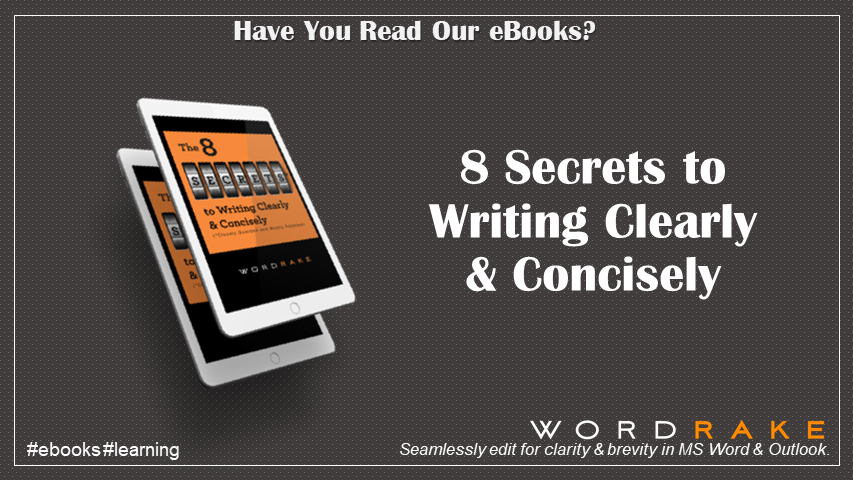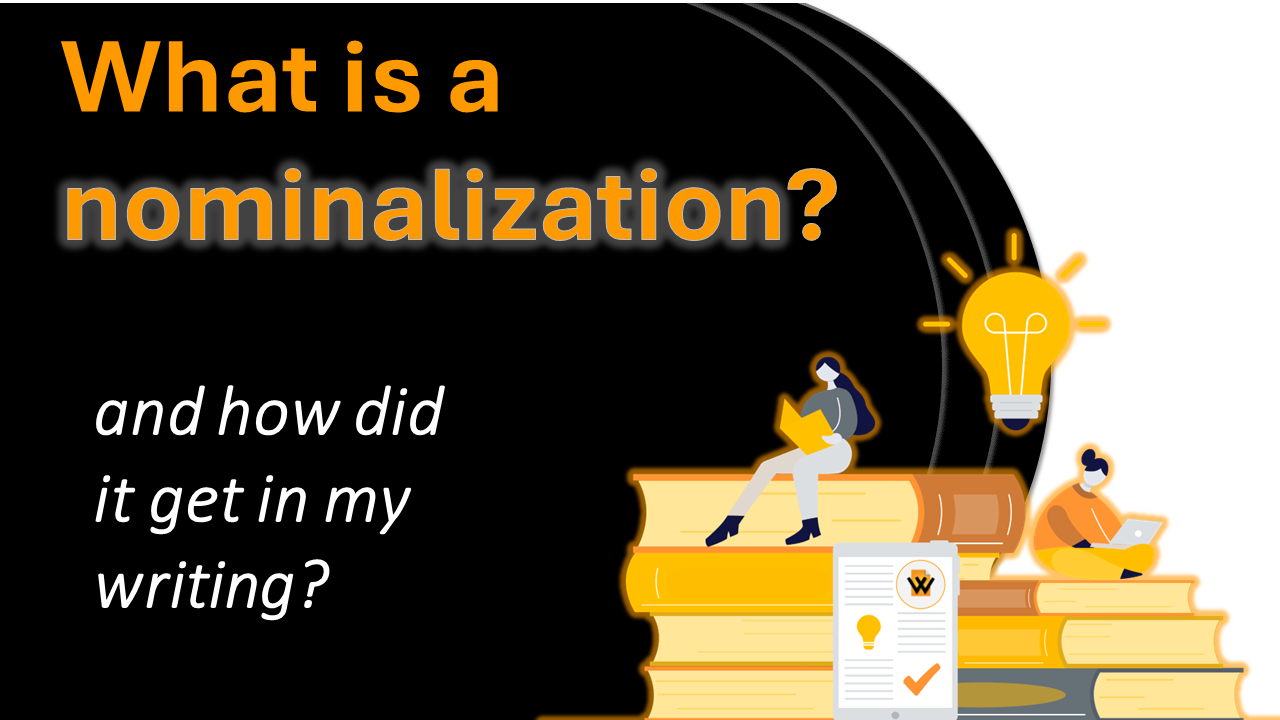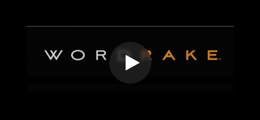Government proposals are a marathon of precision and persistence where every detail matters. Contract awards are guarded by a maze of technical specifications, multiple down-selection phases, and a fastidious panel of evaluators. These inherent challenges are compounded by the hyper-competitive nature of federal contracting, where there’s almost always a bigger fish.
Competing with the big industry players means you have to stand out. Your proposal must be crisp in its messaging and polished around the edges. Every word should serve a purpose, ultimately building a cohesive and convincing narrative about why your solution is better than everybody else’s.
Aggressive deadlines and a razor-thin margin are the name of the game. With dozens of individual contributors, chaos can quickly creep in. Good proposal writers cut through the noise by narrowing their focus to the three golden C’s: Compliant, Clear, and Compelling.
Concise writing is the key ingredient for achieving all three.
Compliant
Compliance is the bedrock of every bid. Without it, even the most innovative solutions risk immediate rejection. The compliance matrix is composed of three primary elements:
- The solicitation instructions dictate the length, structure, format, and method of submission.
- The statement of work (SOW) encompasses all tasks, deliverables, and performance standards for the project.
- The evaluation criteria defines how the government will score and compare competing proposals.
Ensuring every technical compliance box is ticked while navigating space constraints is a delicate balancing act. It’s fairly common to have a SOW that exceeds the allocated length of your technical approach (e.g., you were given 15 pages to address a 20-page SOW). How do you thoroughly address all requirements, show a deep understanding of the client and environment, and highlight your unique value proposition within such tight confines?
Start by assuming that all your competitors’ proposals comply with the SOW and instructions. Typically these are pass/fail assessments; so, whether you took two paragraphs or two sentences to describe how your company will conduct the kickoff meeting, you get the same checkmark. Successful proposal teams know that solicitation and SOW compliance is merely the entry ticket; victory is defined by the evaluation criteria.
Embracing concise writing goes beyond meeting page limits. By distilling intricate concepts into pointed and precise statements, you free up valuable space to elaborate on your strengths and directly address the evaluation criteria. Every word saved on boilerplate content is an opportunity to further showcase your win themes. This strategic use of language doesn't just ensure compliance—it shifts the gravity of your entire proposal.
Clear
The stakes are high in federal contracting. These projects support national defense systems, fund critical medical research, and maintain essential infrastructure. With American taxpayers footing the bill, proper stewardship of resources is expected at every turn. Ambiguity becomes a liability. Asking if your writing is easy enough to understand isn’t enough; instead, ask if your writing is impossible to misunderstand.
There’s also a human element at play. Government evaluators review proposals under tight deadlines, with no time or patience for deciphering vague language and piecing together fragmented ideas. They're looking for easy-to-find evidence that all requirements are met, coupled with a thorough understanding of their needs and environment. A proposal that efficiently addresses all requirements while clearly highlighting its unique strengths is far more likely to capture and maintain their attention.
This doesn't mean stripping your proposal of personality or technical depth—it means architecting information for maximum impact. Every paragraph should pass the "so what?" test, directly linking to the client's needs or evaluation criteria. Use strong, active verbs to convey confidence and capability. Replace vague pronouns with specific nouns to eliminate ambiguity. Deploy visual aids like graphics, tables, and bullet points to break up dense text and highlight key information. Read your draft out loud to find the holes in your own writing so that the evaluator doesn’t.
Clear writing is a mark of professionalism and competence. It builds trust with evaluators and sets the stage for a successful partnership.
Compelling
In government proposals, a good story can be worth millions. A compelling narrative uses age-old storytelling techniques to create a vivid vision of the agency's future—one of efficiency, innovation, and achievement—centered on your proposed solution. But before writing the chapter of what lies ahead, you need to show credibility and fit. The proposal’s introduction, typically limited to just a couple pages, is your first and best opportunity to achieve this.
Crafting an introduction that seamlessly integrates your value proposition with the client's operational challenges and cultural landscape demands precision and brevity. Start by contextualizing the agency’s full journey and broader missions to answer an important question: Why does this work matter? Establishing a shared sense of purpose allows your organization's story to become part of theirs.
This naturally segues into the most important question to answer: Why us? Your response should be a carefully curated blend of qualifications, metrics, and evidence that succinctly proves why your organization is the ideal partner for this project.
Say more with less in your introduction by distilling complex information into bite-sized, impactful statements. This makes it easy for evaluators to grasp and remember your key differentiators. You create a sense of forward motion that benefits both the evaluators reading your proposal and the team writing each subsequent section.
Professionals in every field benefit from clear and concise writing. For those in the competitive arena of government proposal writing, this commodity becomes an imperative.
Submitting a bid that accomplishes the three C’s is both an art and a science. It starts with an intentional mindset, matures into a disciplined process, and materializes into a formidable edge in winning contracts. For those willing to invest in this critical skill, the future of federal contracting is not just promising—it's theirs to shape.
About the Author
Kyle Morse is a proposal manager at CVP, a healthcare and next-gen technology consulting firm based out of Washington, D.C. Kyle started his career as an editor after graduating with a bachelor’s in English in 2020. His linguistic background and technical acumen lend well in the nuanced world of government contracting. He is a driving force in developing and integrating AI solutions for proposal production. Connect with him on LinkedIn!









